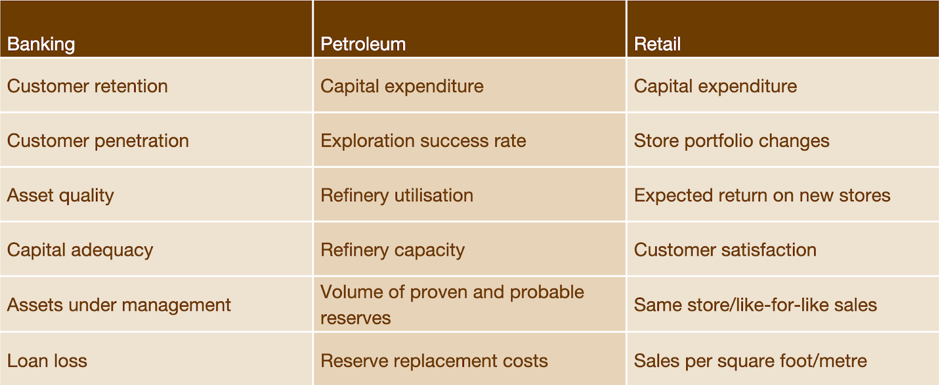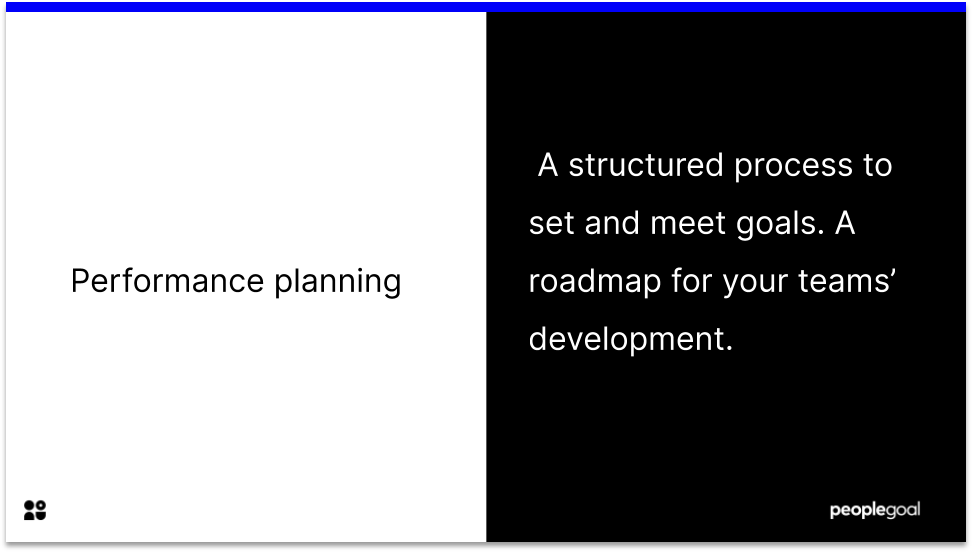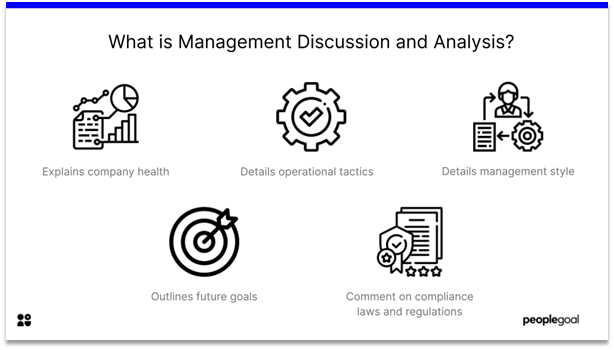Performance objectives, performance indicators. They sound the same, but most managers will know the difference. Whilst one refers to goals made for individual staff and departments, the other is a specific metric used to measure or evaluate the success of a particular area or function within an organization as a whole. Nevertheless, the two are inextricable in that you cannot set one without the other, the goals you are setting your employees should always be aligned with the company’s objectives and so using the two together will help you set, track, modify and evaluate your business strategies and efficacy. Nevertheless, as businesses grow and gain new departments with new disciplines and even industries, we have created a comprehensive list of performance objectives and indicators for your inspiration;
Providing a service
1. Net promoter score (NPS)
How likely is it, after dealing with that member of staff, that they will recommend your business to a friend?
2. Customer profitability score
How much profit do individual customers bring your business, after deducting the costs of attracting and keeping them happy with advertising, customer services etc.?
3. Customer retention (loyalty) rate
How many of their customers come back for more, how long is their contract with you, do they use all of your services or outsource some of them?
4. Conversion rate
How many of your enquiries, calls, demos, subscribers and web page views convert into paying customers?
5. Relative market share
How are you fairing in the market against your competitors?
Measuring and standardizing internal processes
1. Capacity utilization rate (CUR)
Are they meeting their potential in terms of productivity and work output, with the resources they have available?
2. Project schedule variance (PSV)
Are their projects reaching completion on time?
3. Project cost variance (PCV)
Are their projects coming in without going over budget?
4. Earned value (EV) metric
What percentage of the budget did they use?
5. Order fulfilment cycle time (OFCT)
How long did it take between a customer placing an order, to the product or service being processed, dispatched or delivered?
6. Delivery in full, on time (DIFOT) rate
What is the ratio of orders they completed to the overall order rate?
7. Quality index
Was the quality of their services as high as your customers are expecting?
8. Process downtime level
How much time do they waste due to downtime, technical difficulties or absence?
9. Staff advocacy score
How many recruits have they referred to you?
10. Employee engagement level
How do they contribute to the business’s overall goals?
11. Human capital value added (HCVA)
What financial value do they add to the business?
12. 360-degree feedback score
How well do other staff, at all levels, rate them?

Source: PWC https://www.pwc.co.uk/services/risk.html
Industry specifics
The talkers: ASA
How long are your customers waiting on hold before speaking with that member of staff? Whilst this wouldn’t be a metric that is necessarily measured or monitored in most businesses, call centers, customer support departments and many service industries would. Businesses that have a high call volume from people needing advice and quality customer service may want to use shape performance objectives around ASA (average speed of answer) to incentivize their employees to pick up phone calls faster which can have a massive impact on customer retention and satisfaction. Other examples of performance objectives for call centers include number of complaints or number of compliments put in by customers regarding that employee.
The fixers: MTTR
If you are problem-solver at work, or your main duties are to fix broken equipment or software you may use Mean Time to Repair (MTTR) as your performance objective. Depending on the specific product or service, organizations will measure MTTR in different metrics of time, from seconds to weeks. Programmers, mechanics and engineers will all be familiar with this example of performance objective.
The makers: MTBF
Industries in charge of production and manufacturing know that all of their products will eventually fail, in fact, some even plan for it (cough cough Apple). Nevertheless, regardless of whether a business aims to delay or initiate malfunction, they can implement quality control measures in order to control the mean time before failure (MTBF) and can record this by monitoring the length of time individual products remained in service before facing a problem or failing altogether. Leadership are concerned that products from a specific member of staff, department or team are failing sooner or later than expected, they may want to use this data to set MTBF performance objectives for individual members of staff to realign it with the company objectives.
Ready to 3x Your Teams' Performance?
Use the best performance management software to align goals, track progress, and boost employee engagement.






